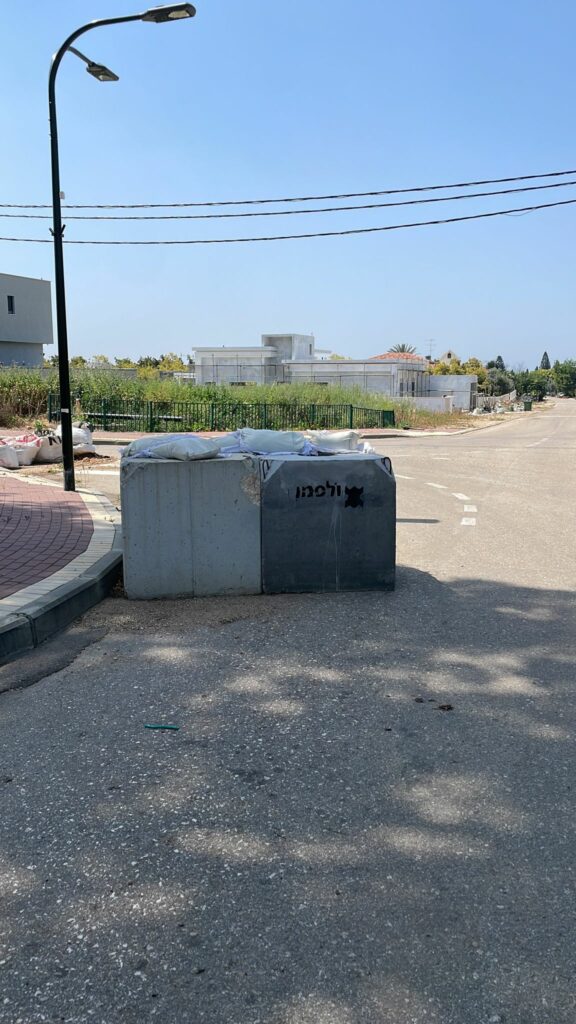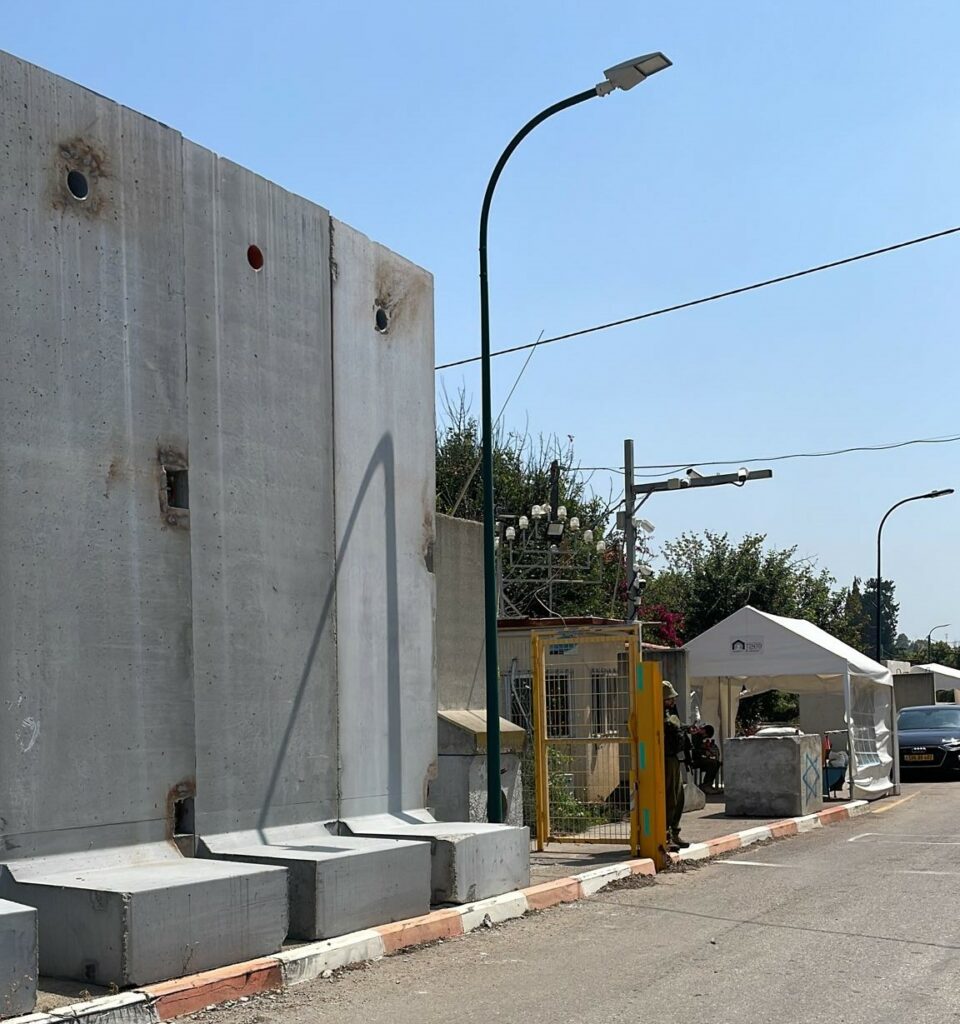In the shadow of the ongoing conflict raging on the northern border, the question of returning northern Israeli residents to the evacuated border communities has resurfaced in recent weeks.
Some argue that it was a mistake to evacuate these dozens of villages, towns, and the city of Kiryat Shmona, suggesting that Hezbollah only attacks military targets and uninhabited areas, and claiming that the evacuation has given Hezbollah the freedom to attack these areas, knowing they are devoid of civilians.

This argument holds that repopulating these areas would deter Hezbollah from further aggression.
However, this perspective overlooks a fundamental fact: since the war’s onset, even before the communities were evacuated, Hezbollah has been launching projectiles and unmanned aerial vehicles towards the entire northern border area, including inhabited communities.
For Hezbollah, the status of a targeted community does not affect its operational strategy. Hezbollah has largely refrained from extending its attacks beyond a 5-kilometer radius from the border, but whatever is within that zone can be attacked. This has displaced 43 Israeli communities, turning 61,000 Israeli citizens into internally displaced people overnight.
Despite the evacuations, Hezbollah continues to target civilian areas near the border. My relatives, residing in a community close to the border fence, recently saw their home directly hit during one of Hezbollah’s rocket barrages.
On a normal day, this household shelters three young children under the age of five. The significant damage to the home is a hint of the potential disaster that could have occurred had the family not been evacuated.
Another rocket struck a nearby agricultural field, causing extensive damage.
In a separate deadly attack, Hezbollah fired anti-tank missiles at Margaliot on March 4. The attack killed Nibin Maxwell, a 31-year-old Indian national working in the field, and injured nine others.
The agricultural damage to northern border workers extends beyond physical destruction, and includes harm to fields and buildings. It also affects livestock, harming both birthing rates and life expectancy. Moreover, since the war began, many foreign agricultural workers have opted to return to their home countries.
For communities near the border fence, the time to reach a safe zone upon hearing a siren is mere seconds, often insufficient for protection against incoming rockets. In addition to lacking proper protection and being at risk from rocket fire at any time, farmers who stay behind to tend to their crops and cattle also face the undetected threat of anti-tank missiles, which can strike without warning.
It’s important to recall that on January 14, after the communities had been evacuated, a Hezbollah anti-tank missile struck a home in Kfar Yuval, killing an Israeli woman, Mira Ayalon, 76, and her son, Barak, 45.
The current reality, where northern residents cannot return to their homes, is difficult to grasp.
The evacuation has had severe consequences not only for the residents—uprooting elderly individuals, dispersing communities across the country, and forcing children to adapt to new environments—but also for agriculture, with unharvested crops and destroyed farm buildings.
Furthermore, the evacuations have caused damage at the national cognitive and regional deterrence levels, granting Hezbollah a strategic victory by establishing a “security zone” within Israeli territory.
However, the belief that Hezbollah would cease fire once communities return to their homes near the northern border is fundamentally flawed. Hezbollah has no qualms about harming Israeli civilians and has no intention of stopping the conflict.






